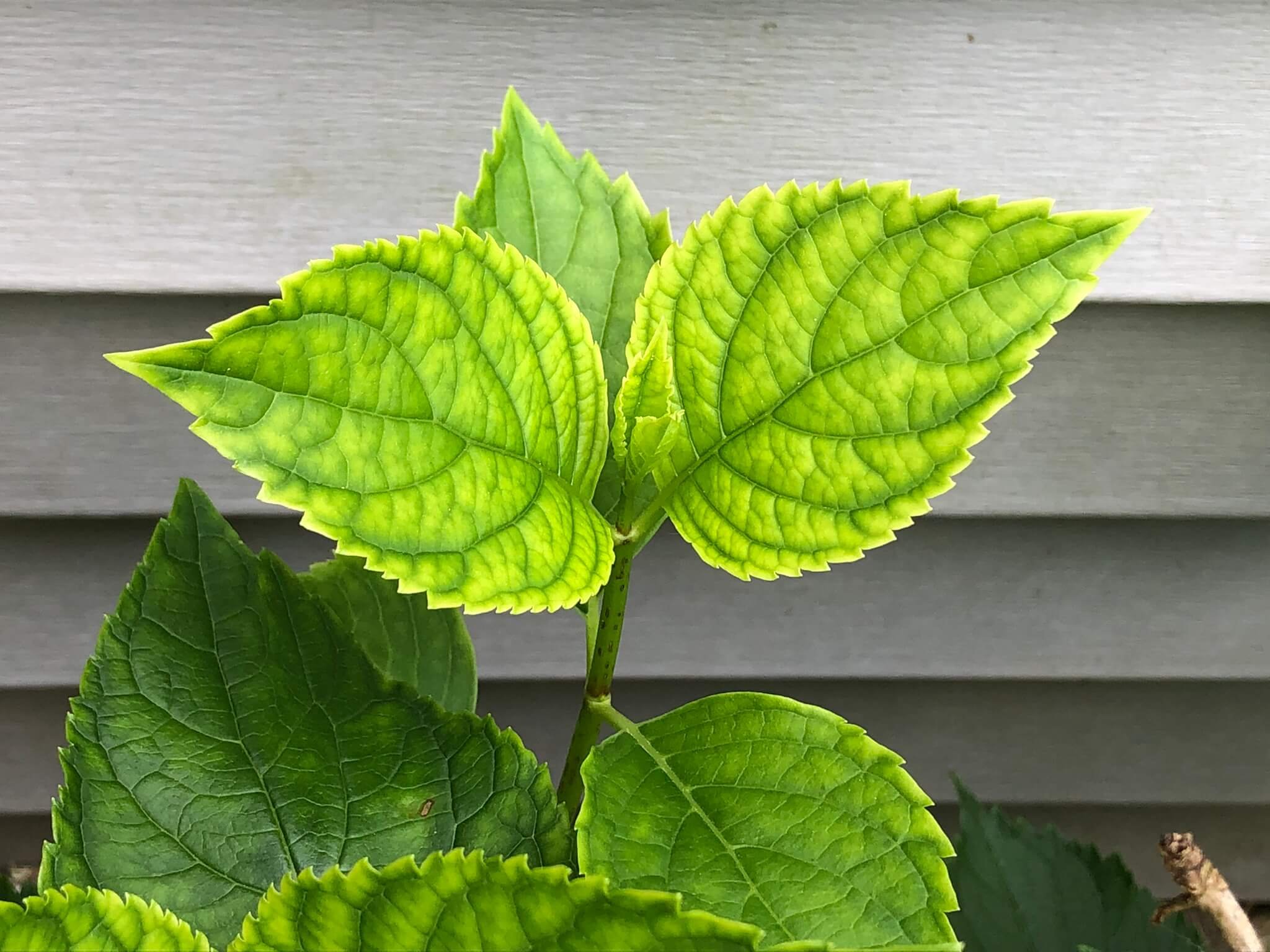Examine This Report about Hydrangea Leaves Turning Yellow
Table of ContentsFacts About Hydrangea Leaves Turning Yellow RevealedHydrangea Leaves Turning Yellow Can Be Fun For AnyoneThe 3-Minute Rule for Hydrangea Leaves Turning YellowWhat Does Hydrangea Leaves Turning Yellow Do?
Huge leaves usually look saggy during the afternoon heat. When they fail to perk up in the evening or still look shrivelled in the early morning, your plant might be overwatered.Get rid of the plant from the dirt and prune out any origins that aren't white and swollen (plump). Replant in a new place or function some sand right into the soil for better water drainage. Underwatering additionally triggers entrusts to turn yellow with brown, crunchy sides. Do not try to deal with the issue by watering exceedingly.
Add a bit of distilled water, mix the active ingredients, and drain the added water. Put a p, H testing strip in and wait for a reading.
The very best means to do that is with dirt amendments. Sphagnum moss or peat moss protects against the soil from compacting and betters dirt water drainage while additionally elevating the soil's acidity. You can scatter sulfur chips in your hydrangea soil. The easiest means is to just utilize a fertilizer that helps keep the correct acidity in the dirt while additionally feeding the plant.
The 30-Second Trick For Hydrangea Leaves Turning Yellow
This is one excellent factor to repot houseplants routinely (though there are others, such as root development for instance). It is likewise why houseplants call for a much more stringent fertilizing routine than the majority of outdoor plants. When a hydrangea houseplant is lacking in nutrients, its fallen leaves will be the very first to reveal the indications.

Most liquid fertilizer requires dilution with water to decrease the concentration rather. You will also need to fertilize the plant by hand and routine intervals. When spring begins in March, it's the active expanding period for many houseplants, including hydrangeas. At this moment, you should begin your feeding routine. Apply fluid plant food to your hydrangea due to the fact that this stuff, as I discussed formerly, is fast-releasing.
The dripline is the location located under the foliage that is the outermost away from the center of the plant. So instead of applying feed to the facility of the plant it is best to concentrate it primarily in the outer areas of the pot. If you 'd instead use a slow-release fertilizer such as granular or spike plant food, then cover either kind with some soil after you put them.
Unknown Facts About Hydrangea Leaves Turning Yellow

The hydrangea is remarkably frost-resistant, once temperatures begin obtaining into the 20s, the plant is in significant danger. If the temperatures are in the low 10s, that danger is much more serious still. Undoubtedly this is more of an interest in outdoor plants so if you maintain potted hydrangea outside you should bring them inside in extremely cold climate conditions and even consider moving them inside throughout of the winter months.

A dehydrated hydrangea, A big trouble with lots of houseplants is root rot. Root rot that site occurs when you overwater a plant and since it is such an usual problem (particularly with succulents) many houseplant owners are fearful of overwatering their plants. Nonetheless, hydrangeas require even more watering that most other usual houseplants and can come to be dehydrated when they are underwatered (Hydrangea Leaves Turning Yellow).
What Does Hydrangea Leaves Turning Yellow Mean?
They require generous quantities of water, but they additionally dislike to grow in standing water or water drenched dirt. Be absolutely certain that your hydrangea is dried out because of an absence of water and not due to it be given way too much water (more on this later). Understand prior to you get that watering can that an overwatered hydrangea displays the same signs and symptoms as an underwatered one! Overwatering is a major trouble if you skimp on its Click Here water requirements even a little bit, your hydrangea will certainly be quick to reveal it.
, you will swiftly inform if the plant requires water. To get your hydrangea watering practices on the appropriate track, you need to be mindful about the moisture levels in its dirt.
When you eliminate your finger from damp dirt it will have percentages of soil residue stayed with it. Dry soil will suggest your finger appears clean or with dry dirt that is easily blown away. If it's wet, and the plant has yellow leaves then the plant has actually likely been overwatered and you will need to follow the suggestions offered in the area below.